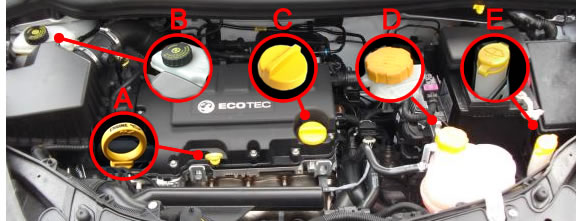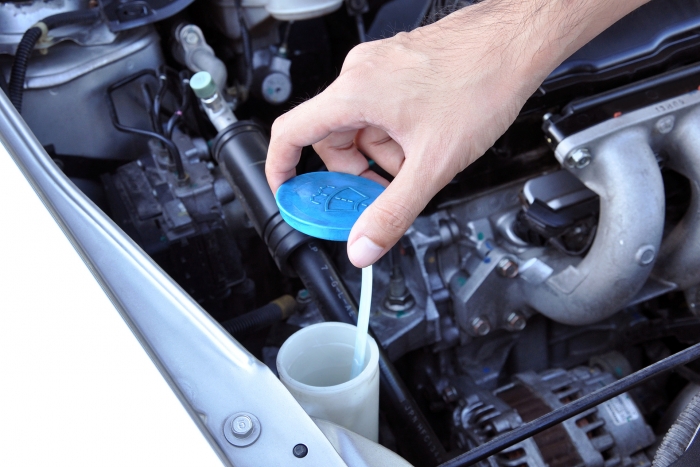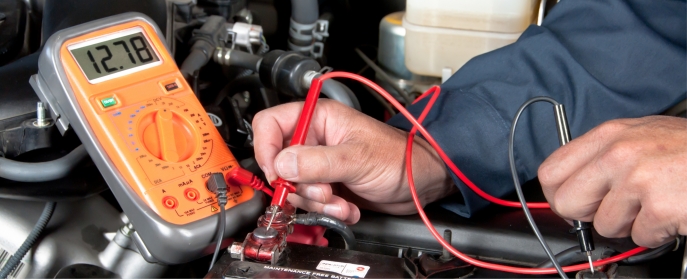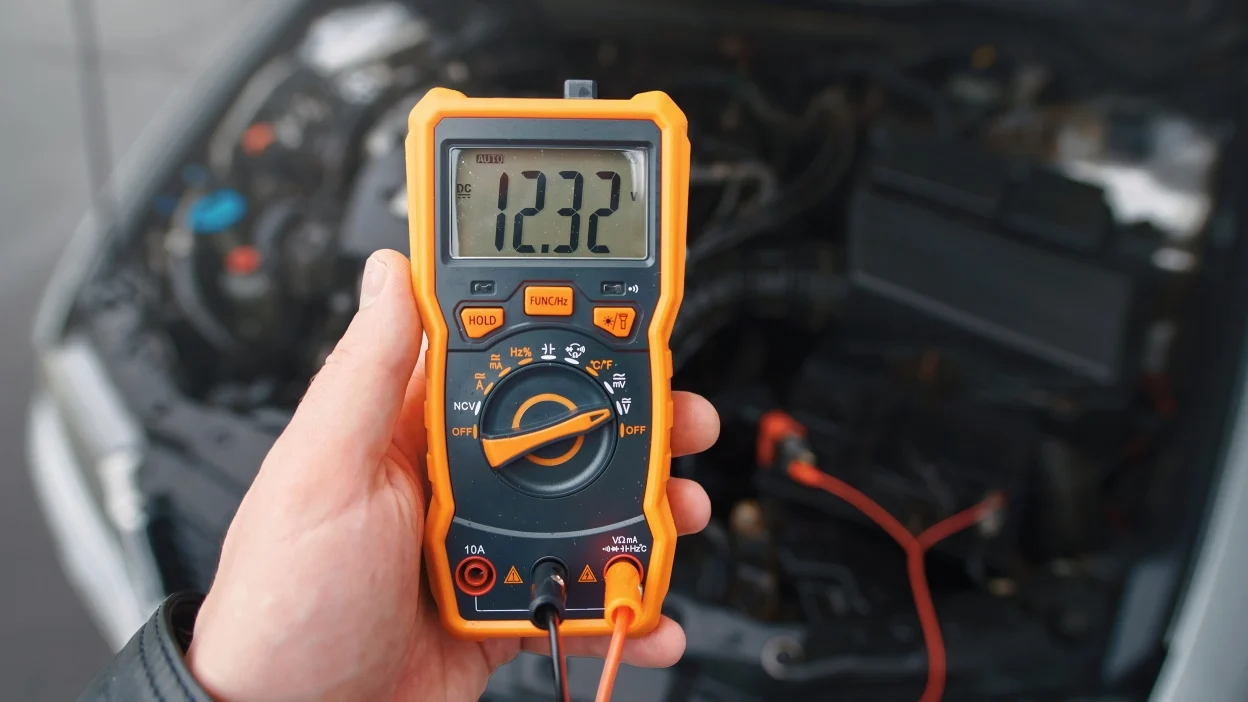When it comes to keeping your car running smoothly, one of the simplest yet most important tasks is learning how to check car fluid levels. Regularly checking your car’s fluid levels ensures that the engine, transmission, and other critical components remain in optimal condition, preventing costly repairs down the road. In this guide, we’ll walk you through the process, step-by-step, and explain why it’s so important.
Table of Contents
Why You Should Know How to Check Car Fluid Levels
Knowing how to check car fluid levels is essential for maintaining your vehicle’s performance. Fluids like engine oil, coolant, brake fluid, and transmission fluid all play a crucial role in the proper functioning of your car. When any of these fluids run low or become contaminated, your vehicle may experience overheating, engine failure, or even total breakdown. Regularly checking fluid levels can prevent these issues and extend the life of your car.
Step 1: Prepare Your Vehicle for Checking Fluid Levels
Before you begin checking the fluid levels, ensure your vehicle is parked on a level surface, and the engine has cooled down. This will give you accurate readings when you check the fluid levels. You may also want to gather a few tools, such as a clean rag, gloves, and the owner’s manual to identify the correct locations for each fluid reservoir.
Step 2: How to Check Engine Oil Levels
The engine oil is one of the most important fluids in your car. To check it, open the hood and locate the dipstick. Remove it, wipe it clean, and reinsert it fully. After pulling it out again, check the oil level. If the level is below the recommended mark, you’ll need to add more oil. Regularly checking your engine oil is a critical part of how to check car fluid levels.
Step 3: How to Check Coolant Levels
The coolant helps regulate your car’s engine temperature, preventing it from overheating. To check the coolant levels, locate the coolant reservoir, which is usually a translucent plastic tank. Check the level to ensure it’s within the “full” range. If it’s low, add a mixture of coolant and water as recommended by your car manufacturer. This is another important fluid to check as part of how to check car fluid levels.
Step 4: How to Check Brake Fluid Levels
Your car’s brake fluid is vital for ensuring your brakes work effectively. To check brake fluid levels, locate the brake fluid reservoir near the driver’s side of the car. The level should be between the “min” and “max” marks on the reservoir. If the brake fluid is low, top it up with the correct fluid specified in your owner’s manual. This step is a critical part of how to check car fluid levels to maintain safety on the road.
Step 5: How to Check Transmission Fluid Levels
Transmission fluid helps keep your car’s transmission running smoothly, allowing you to shift gears without problems. To check transmission fluid levels, you may need to start the car and leave it running in park. Locate the transmission dipstick, remove it, and wipe it clean before reinserting it. Once you pull it out again, the fluid level should be within the acceptable range. Properly checking transmission fluid levels is crucial for how to check car fluid levels.

Step 6: How to Check Power Steering Fluid Levels
Power steering fluid allows you to steer your car smoothly. To check the power steering fluid, locate the reservoir (it’s typically marked with a steering wheel icon). Check the fluid level when the engine is off. If it’s low, top it up with the recommended fluid. Maintaining the correct power steering fluid level is another key aspect of how to check car fluid levels.
Step 7: How to Check Windshield Washer Fluid Levels
While not as critical as other fluids, windshield washer fluid is important for maintaining visibility while driving. To check the level, locate the windshield washer fluid reservoir (often marked with a windshield icon) and ensure it’s filled to the top. How to check car fluid levels includes making sure your windshield washer fluid is always topped up, especially during rainy or winter conditions.
Step 8: How Often Should You Check Car Fluid Levels?
Now that you know how to check car fluid levels, it’s important to establish a regular maintenance routine. Most experts recommend checking your car’s fluid levels at least once a month and before long trips. However, always refer to your car’s owner’s manual for specific recommendations on how frequently you should check each fluid.
Conclusion: Mastering How to Check Car Fluid Levels
In conclusion, learning how to check car fluid levels is an easy and cost-effective way to keep your vehicle running smoothly. By checking and maintaining proper fluid levels, you can avoid costly repairs and ensure that your car stays in top condition. Remember, fluid levels are crucial for your car’s performance, safety, and longevity—so make it a habit to check them regularly!
By following the simple steps outlined in this guide, you’ll be well on your way to becoming proficient at how to check car fluid levels. Don’t wait for a warning light to appear—take proactive steps to care for your car and enjoy a smooth, worry-free driving experience.
Related Post:
For more helpful car maintenance tips, check out our guide on How to Check Brake Fluid in 4 Easy Steps. It’s essential to keep your brake system in top condition to ensure a safe driving experience.





Leave a Reply